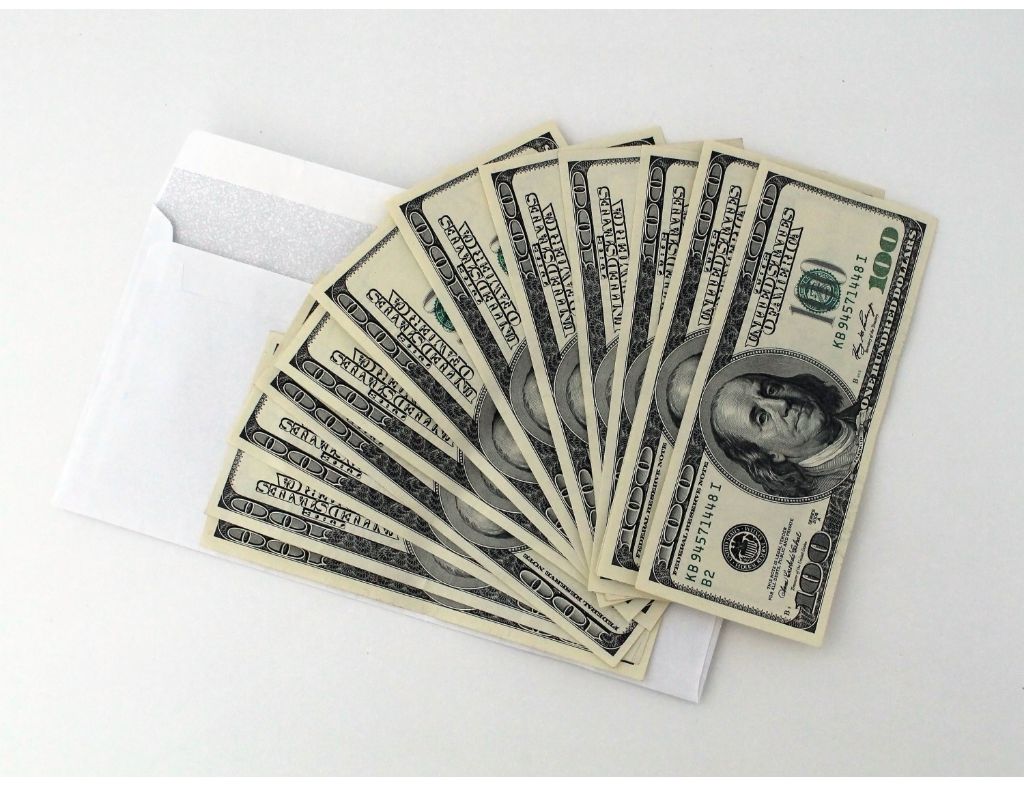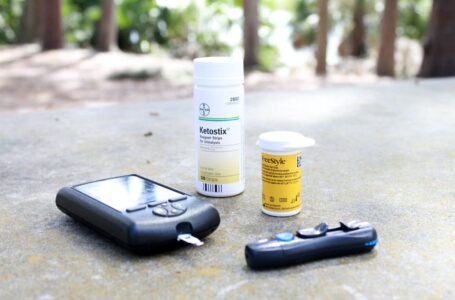
Personal loans may provide an affordable alternative to credit cards. They can also help you finance big purchases while saving on interest. Today, personal loans are growing in popularity, with many people choosing to borrow personal loans when they are in need of funds.
It’s important that you have a clear repayment plan for your personal loan. Whether you need to consolidate your debt, finance a home improvement, fund a big trip or pay for a cross-country move, you should ask yourself these questions to make sure you’re well prepared for a new personal loan.
How Much Do I Need?
The first step in choosing the right personal loan is knowing how much you need. The smallest loan sizes begin at around $500, but most loan lenders offer a minimum of $1,000 to $2,000. So, if you need less than $500, it’s easier to save up extra cash in advance. You could even borrow the money from a friend or family member.
Do You Want to Pay Creditors Directly or Have Money Sent to Your Bank Account?
When taking out a personal loan, the cash is delivered directly to your checking account. But if you’re using a personal loan for debt consolidation, a few lenders offer the option to send the money to your other creditors straight away, so that you can skip your bank account altogether.
How Long Will I Have to Pay It Back?
When it comes to personal loans, you’ll have to start paying the loan company back in monthly installments within 30 days. Most loan lenders provide repayment terms between six months and seven years. Your monthly payment and interest rate will be impacted by the length of the personal loan you choose.
Can I Afford the Monthly Payment?
When applying for a personal loan, you’ll have the opportunity to choose which repayment plan works best for your cash flow and income level. Lenders may sometimes provide an incentive for lowering your APR by 0.25% or 0.50%.
Some people may choose to make their monthly payments as low as possible so that they can pay back their loan over several months or years. As a rule of thumb, borrowers should aim to spend less than 35% to 43% on debt, car loans, including mortgages, and personal loan payments.








